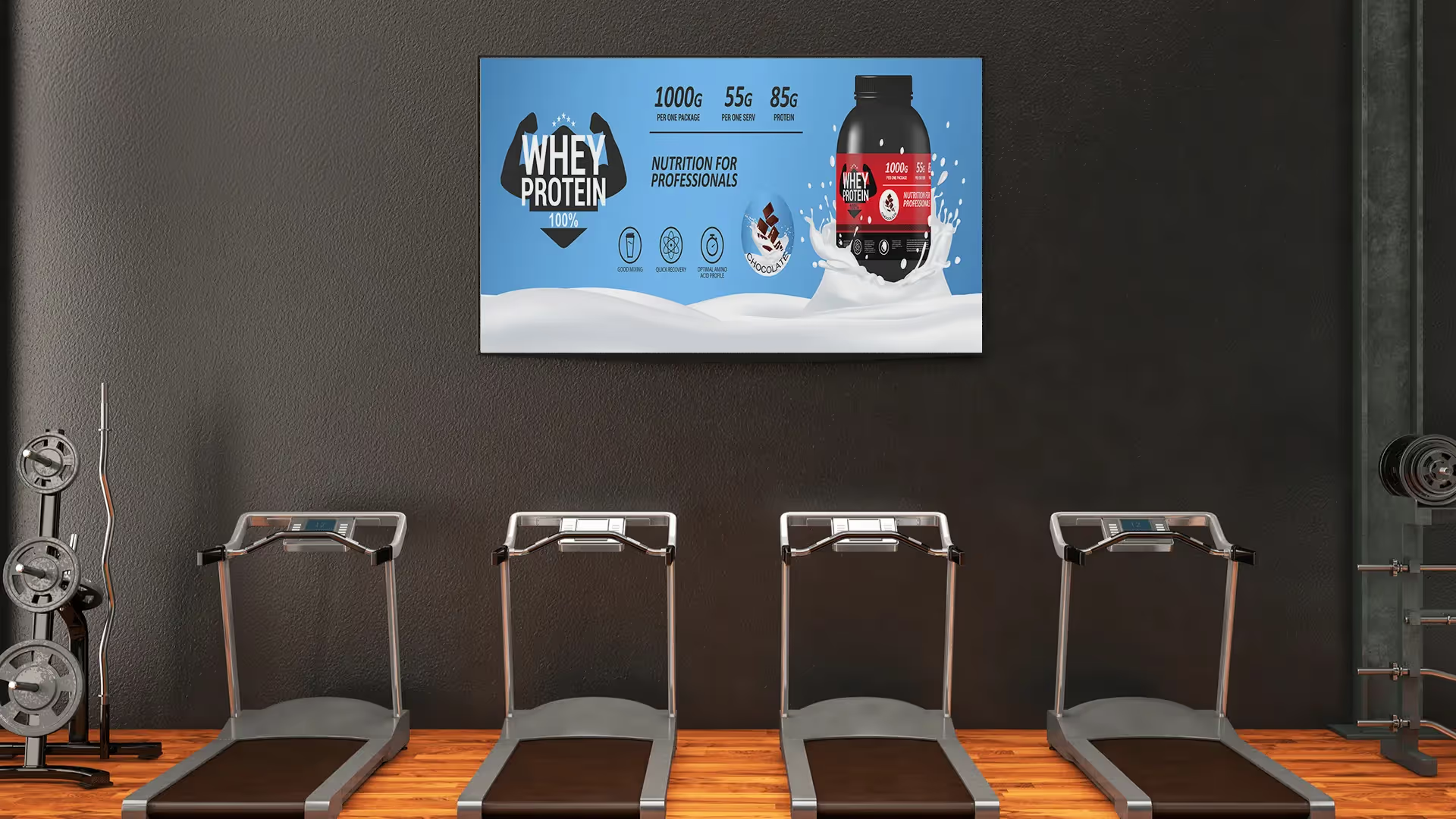What to remember
You don't have a filming studio available? Well that's good, neither are we! There's no need for a multitude of projectors for a good corporate video. You can believe us, we made more than one using a single LED panel. Our customer success manager who is an expert in lighting, Boris, explains how to do it.
As you already know, to properly light a speaker, one light is not enough. However, one projector is not enough. The fact is that you can use sources other than LED panels like the ones we love so much. We're going to teach you how to be real McGyvers! Attention, it is not a question of showing you how to make shorts using a pair of scissors and jeans, but of creating a beautiful image with a single projector.
The key light
Let's put it this way: “key light” isn't great. In the audiovisual world we prefer to use the Anglo-Saxon term of”Key Light“. These words are used to refer to the main light. In short, it is the most obvious light, the one that is most in front of the interlocutor. Be careful that it is not too far in front either. It is better to place it in such a way that it highlight one profile more than the other.

That same keylight is by no means a projector to buy. In fact, it can be a bedside lamp as it can be the sun coming through the window. It is up to you to decide what the main light in your image will be by adapting to the surrounding light conditions. This applies mainly to shots in interior of course.
The layout
As we said a few lines ago, One light is not enough. So it is necessary that your one and only LED spotlight intervenes when you are in possession of your second light source. We mentioned a few examples previously, but the window remains the”Must-Have“auxiliary projector level.
Boris says it very well in the video: one source on the left, another on the right, all arranged so that your speaker marks an almost right angle between your two sources. The aim is for its two profiles to be covered by light. The ideal is that at the end, his face is illuminated homogeneously.
In the middle of the day, there is a chance that your LED panel will serve as a complementary light to make up for the shadows caused by the sun. Remember that this tool is adjustable in intensity as well as color temperature. It would be a real shame not to take advantage of all the virtues offered by the latter.
One more episode and you'll finally be ready to light up the biggest corporate movies! Everyone is not called Vilmos Zsigmond, Christopher Doyle or Boris Rouah, but one thing is certain: the more you practice, the more beautiful your movies will be. So do not hesitate to send us your most successful audiovisual essays!
Discover our other tutorials below:

Place your speaker in the indoor light

Make transitions with your hands!














